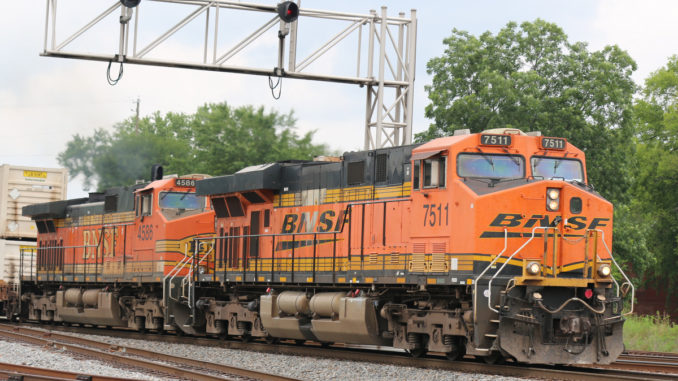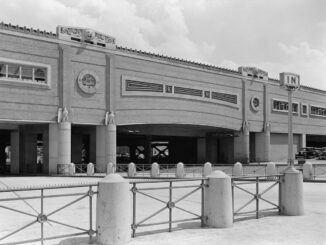
The majority of the 42 railroads subject to the statutory implementation requirement are operating positive Train Control (PTC) systems in revenue service or in advanced field testing, known as revenue service demonstration (RSD), the Federal Railroad Administration (FRA) said.
“We remain steadfast in compelling and assisting railroads to successfully complete all steps necessary for full PTC implementation,” FRA Administrator Ronald L. Batory said in a news release. “The magnitude of this undertaking is immense, but putting PTC systems into operation demands diligence and a continued sense of urgency.”
Class I freight railroads report that PTC is in operation on 51,222 (95.4 percent) of their required route miles, a 4 percent increase since the second quarter. Host commuter railroads report they are operating PTC systems in revenue service or RSD on approximately 1,310 route miles (42 percent) of their 3,129 required route miles, a 5 percent increase since the second quarter.
All railroads have committed to fully implementing PTC on their required main lines by Dec. 31, 2020.
Amtrak, as a host railroad on and near the Northeast Corridor (NEC) and other parts of the country (including Chicago and Michigan), reports that approximately 899 of nearly 901 required route miles (99.8 percent) are governed by a PTC system.
Also, by law, six Class II or III, short line or terminal railroads must implement PTC on their main lines that provide or host regularly scheduled intercity or commuter rail passenger transportation.
One of these six railroads has been operating its FRA-certified and interoperable PTC system in revenue service since 2018. Another has commenced RSD on its PTC-required mainline during Q3, while the other four are currently conducting field testing in preparation for RSD.



